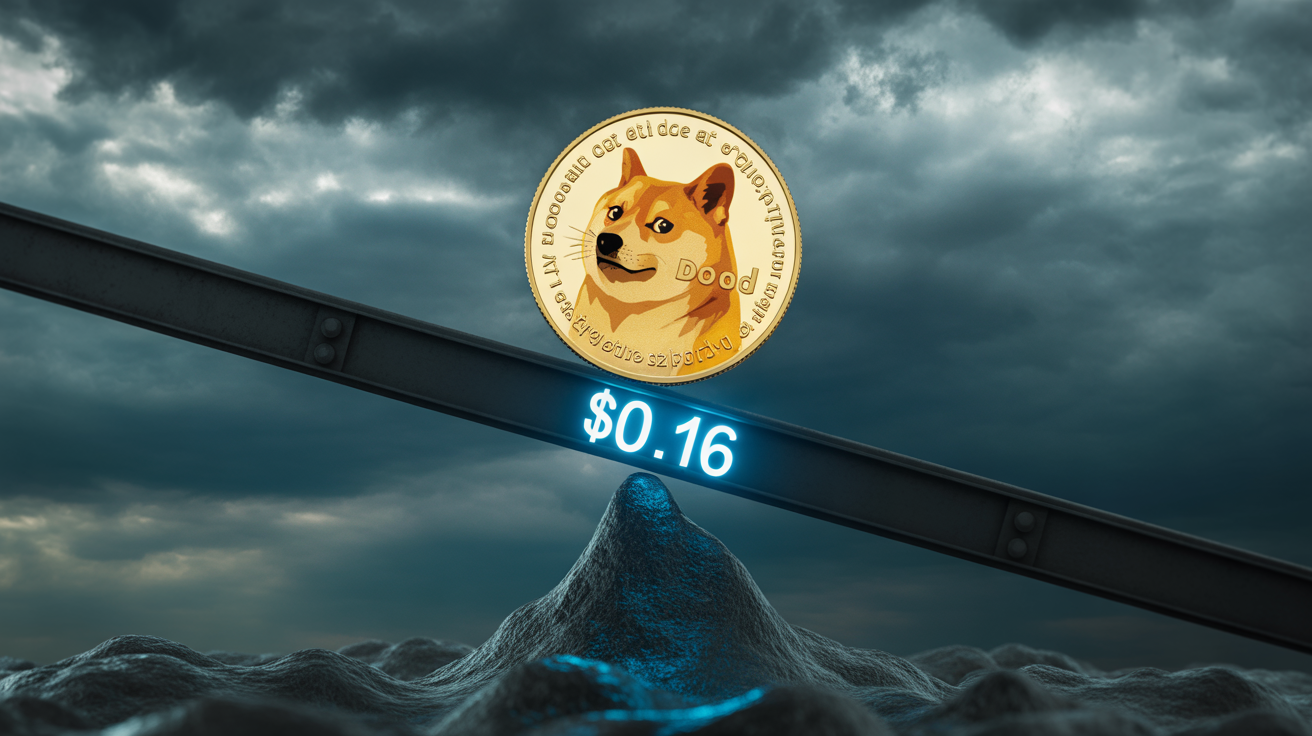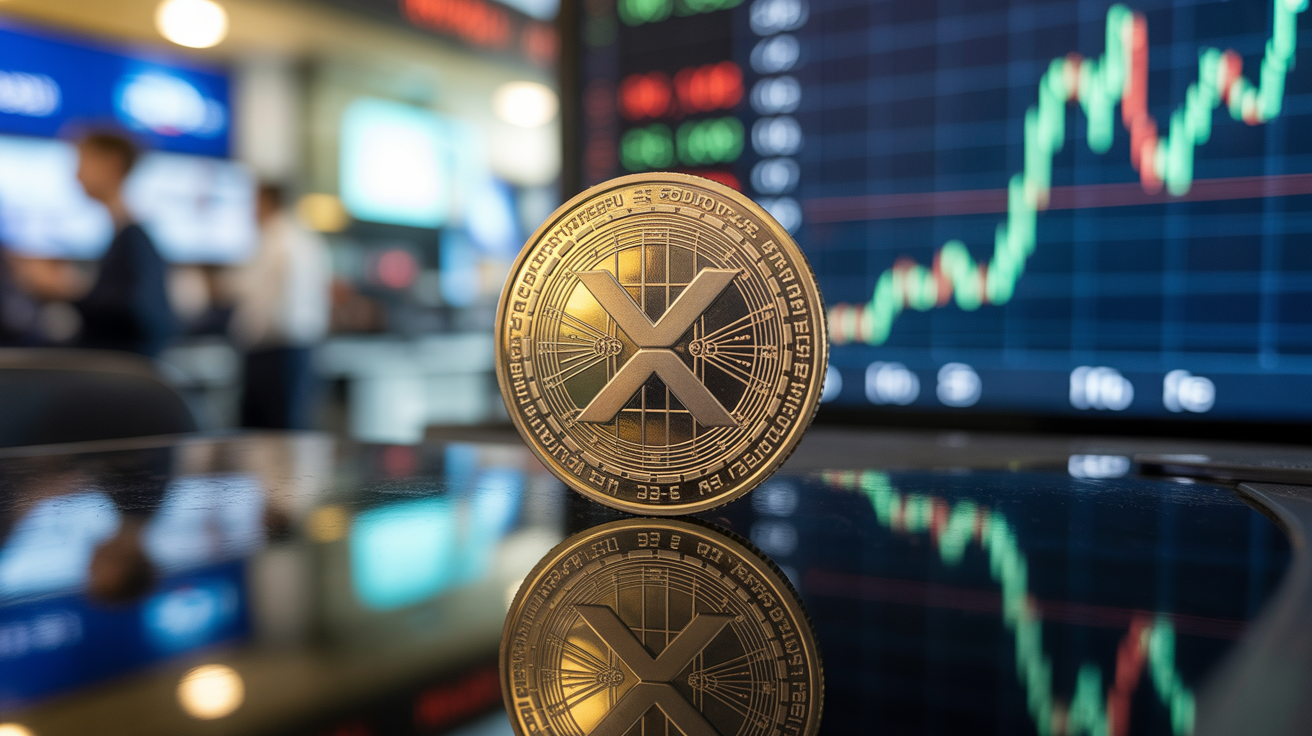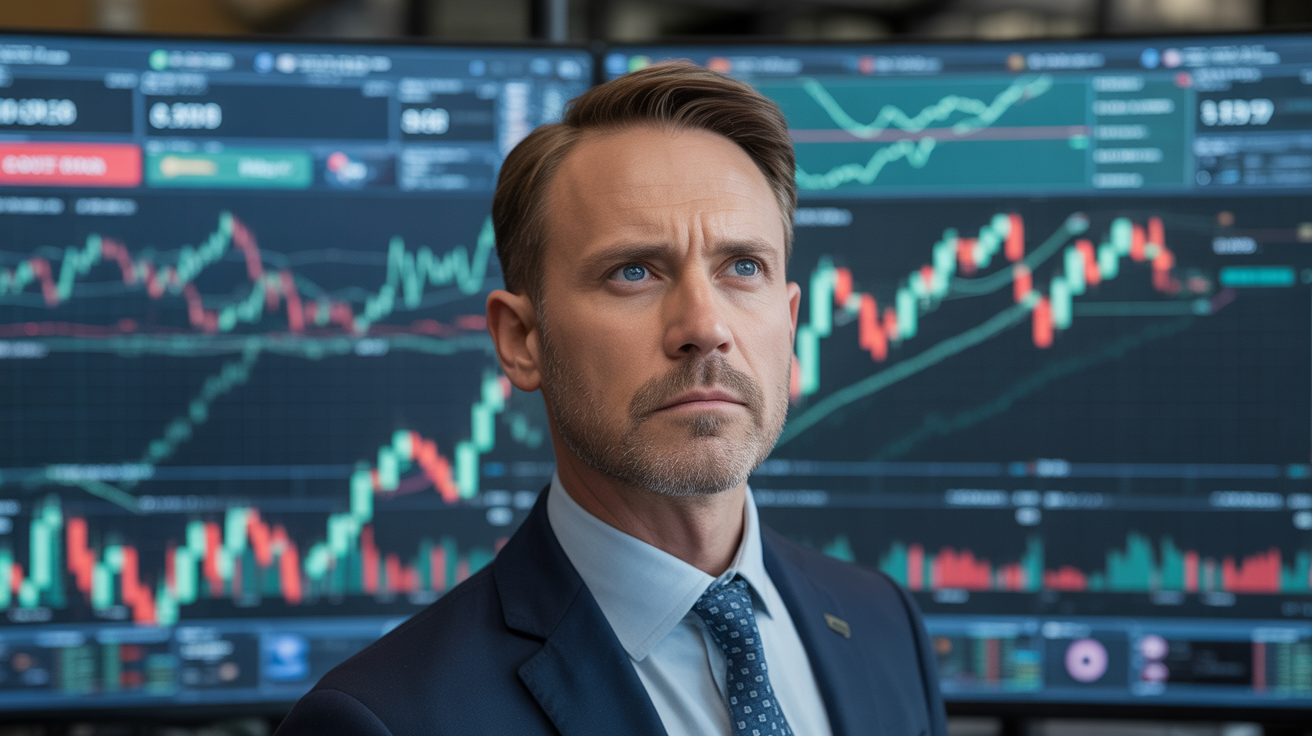Public Companies Turning to Altcoin Treasuries Raise Eyebrows
As more public firms look to replicate MicroStrategy’s successful bitcoin treasury model, some are now eyeing altcoins to boost their stock value—drawing skepticism from market observers.
MicroStrategy (MSTR), led by Michael Saylor, famously initiated a bitcoin accumulation strategy in 2020. Since then, the company has amassed 2.9% of the total BTC supply, with its share price rising over 3,000% as a result. That strategy has inspired a wave of corporate interest in digital asset holdings—initially in bitcoin, then ether, and now increasingly in altcoins.
But while BTC and ETH strategies have gained some legitimacy, the move into smaller-cap tokens has prompted concern. According to the Financial Times, several companies are exploring the use of shell corporations to acquire altcoins and generate market interest.
Avalanche, for example, is reportedly in discussions to sell a tranche of AVAX tokens to a listed shell entity, which would aim to earn yield and attract a retail investor base. Similarly, Canadian investment group RSV Capital plans to raise $200 million through a shell company to buy Toncoin (TON).
There have been short-term gains. Litecoin creator Charlie Lee invested $100 million into MEI Pharma (MEIP) on July 18 to fund the purchase of LTC. MEIP shares surged 17% after the announcement but have since pulled back, with a weekly gain of about 4.9%.
Still, analysts question the sustainability of such strategies. “It’s hugely speculative,” said Eric Benoist, tech and data research expert at Natixis CIB. “Ultimately, these firms are only worth the crypto they hold on their balance sheet.”
Geoff Kendrick, Standard Chartered’s global head of digital assets, echoed the concern, calling the trend “a flash in the pan.” He warned that if token prices fall, both shareholders and bondholders could face significant losses.
While BTC remains a widely accepted corporate treasury asset, expanding the model to less liquid and more volatile altcoins may carry far more risk than reward.




























